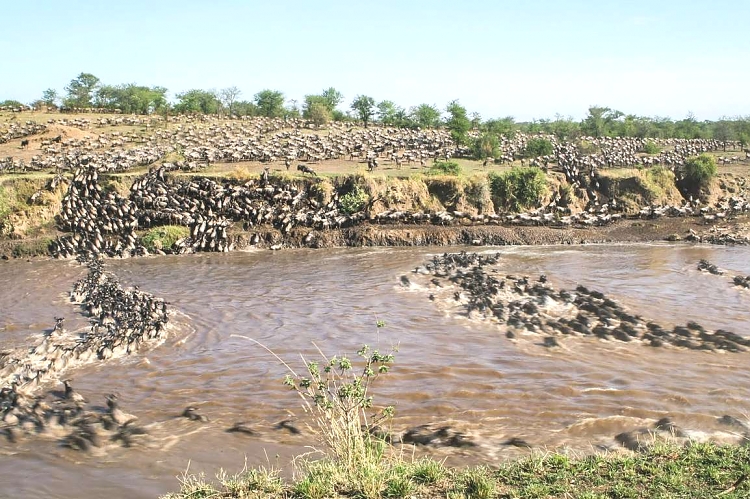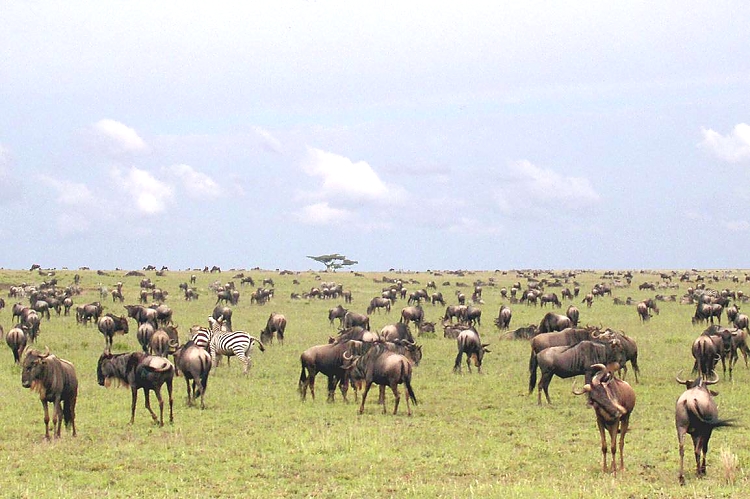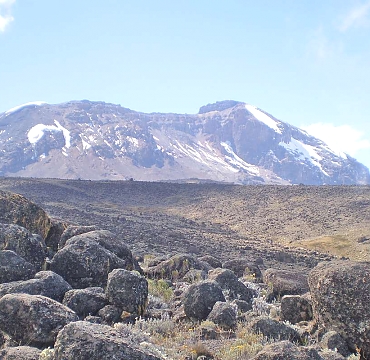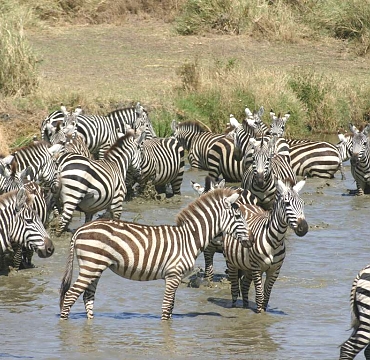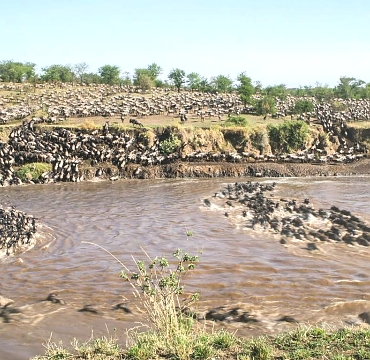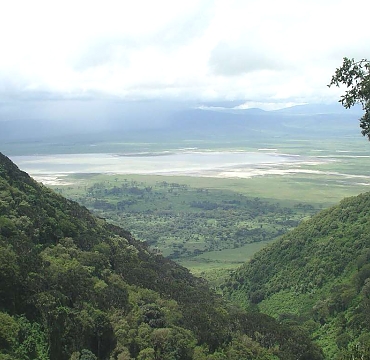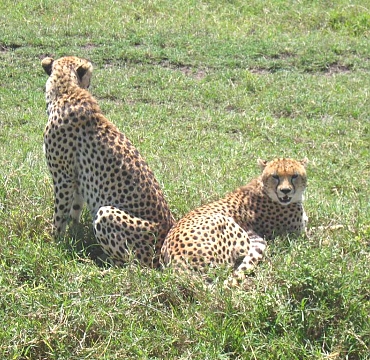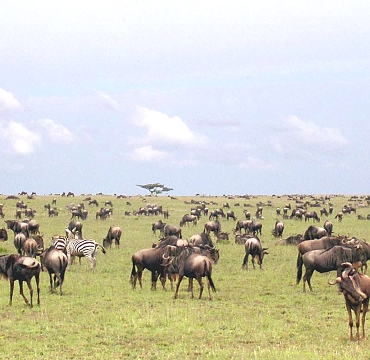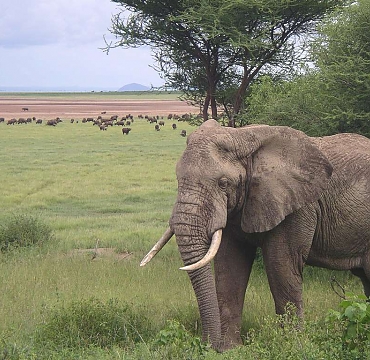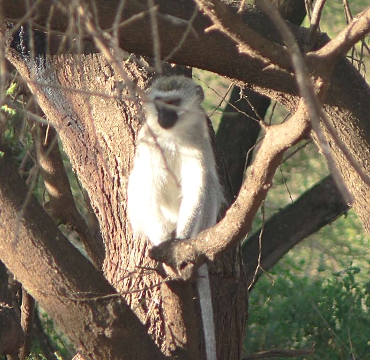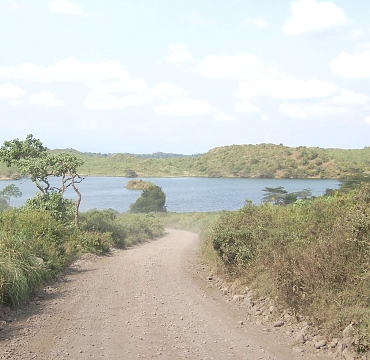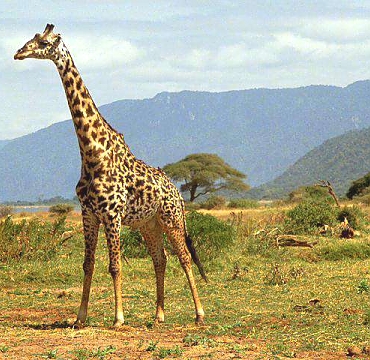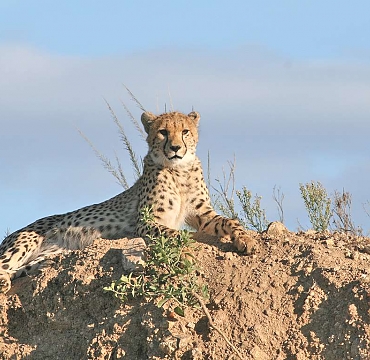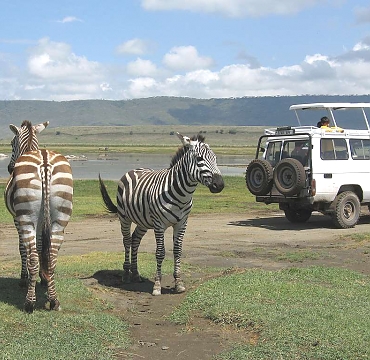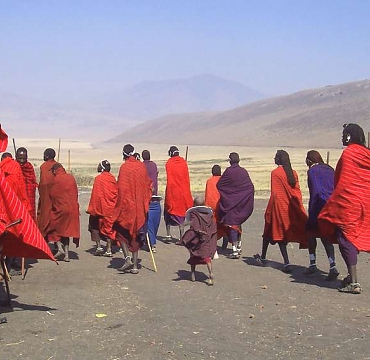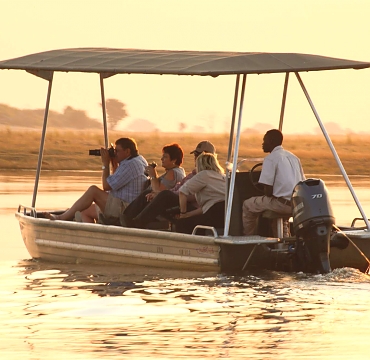Wildbeest Migration
The astonishing annual great wildebeest migration, zebras and other grazing herbivores across the Serengeti National Park in Tanzania with her neighbor – Masai Mara National Park in Kenya ecosystem is one of the greatest spectacles in the natural world. More than two million herbivores participate in this journey, with about 200 000 zebra and 500 000 Thomson’s gazelle behind the main players. It’s as lovely as it starts like a whistle initiated by supervisor.
It should be clearly understood that the migration of these animals are so dynamically and doesn’t have fixed date and time but with the following structure one can have an overview of this life cycle of these animals. The main cause of this is the change of climate. However you should be aware of where you have to be to witness the spectacular time of your life.
Migration in January: The migration is in the Serengeti Plains. Wildebeest are foaling. The migration is moving slowly and grazing. The best place to be based is in Seronera or Ndutu areas.
Migration in February: The wildebeest and zebra are distributed over a wide area moving slowing and grazing. The migration is in the short grass plains of Ndutu. The heavy rains are approaching from the north and the short grass plains are starting to take strain due to longtime grazing of these thousands hundred wildlife. The best place to be based is in Ndutu, Seronera or Kusini. The locations are all within easy reach of the wide area covered by 2 million wildebeest, zebra and Thompson’s gazelles. The large numbers of wildebeest have foaled.
Migration in March: Heavy rains have set in. The migration is slowly moving towards the central Serengeti woodlands and on towards the western corridor. Due to the fact that the heavy rain have fall the movement of the safari vehicles is very limited since the roads aren’t paved to retain the nature of the Serengeti. The best place to be based is in Ndutu or Seronera, but this time of year will only appeal to the passionate safari makers.
Migration in April: The migration path moves west towards the Western Corridor of the Serengeti. The long grass plains and woodlands provide food. At this time of the year it becomes harder to track the migration due to the same reasons of the heavy rains and the best place is Seronera and Kusini.
Migration in May: We can say the sun has rise as its dry now with some wait places but not much. Most of the tourist love to be here at this time as it reveals much the true migration of this kingdom. The mice of the Grumeti Game Reserve are opened for their annual feast. The migration is crossing the Grumeti River into the Grumeti Game Reserve and the best place to be is along the Grumeti River.
Migration in June: Serengeti now is getting dry and this is the only reason that the great migration is taking place searching for green pasture. The wildebeest and zebra move north east through the Grumeti Game Reserve towards the Ikorongo Game Controlled Area (IGCA) with a smaller number moving towards the Lobo area. Still the best place to be is Grumeti Reserve or the use of mobile safari camps.
Migration in July: The palatable grasses of the Kenya’s Masai Mara National Park are about to be obtained as the migratory animals are in the Ikorongo Game Controlled Area moving north towards Mara River. Basically there is another interview for these animals as they cross the Mara River populated by hungry crocodiles.
The migrating animals are in the Ikorongo Game Controlled Area moving north towards Mara River. This is the start of one of the great spectacles of the migration, the crossing of the Mara River where crocodiles make the crossing precarious for the wildebeest. The migratory animals are looking for the sweet grass of the Kenya’s Maasai Mara National Park. The best place to be based is in the western part of the Maasai Mara, where visitors can wait across the Mara River and watch the move.
Migration in August: There is no boundary just separated by a river, the migration moves into Masai Mara in search of water and fresh grazing. The best place to be based is in Masai Mara National Park as the wildebeest spread across the park.
Migration in September: The wildebeest and zebra are located in the Masai Mara. The area is dry, but water can still be found in the Mara. Provided that the animals are heading East the best place to be is in Masai Mara.
Migration in October: The thunder clouds are starting to build up as a sign of the impending rain. The wildebeest start moving south in anticipation of the new seasons rains. The best place to be based is in the north eastern Serengeti or Loliondo Game Controlled Area.
Migration in November: The short rains have started and the migration moves quickly south through Loliondo towards the western border of the Ngorongoro Conservation Area. New grass covers the Serengeti plains and the wildebeest are moving towards the short grass plains of Ndutu. The best place to be based is in Ndutu, Seronera or one of the mobile safari camps. Here around 8000 caves are born everyday to compensate the damage happened during the cycle.
Migration in December: The migration is settled in the short grass lands on the southern plains. Game moves into the Ngorongoro Crater. Seronera has permanent water and the migration will move south if it rains. Zebra are foaling. The Seronera or Ndutu areas are the best areas to be based for the migration.
 FR
FR IT
IT DE
DE RU
RU